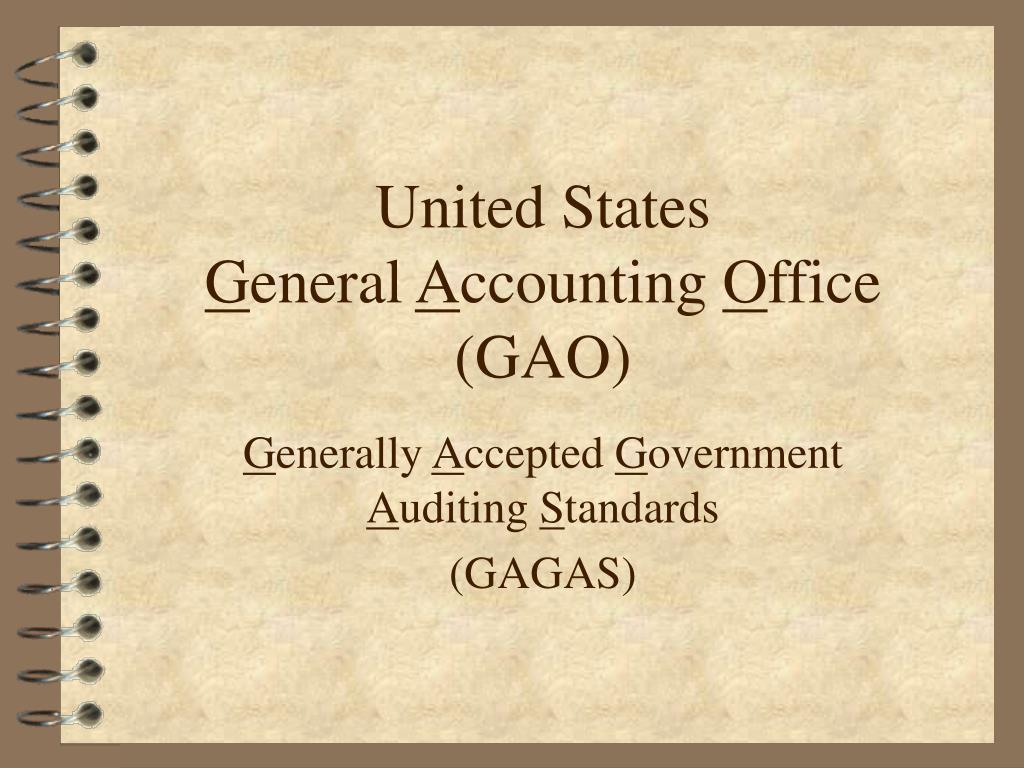

- GENERALLY ACCEPTED AUDITING STANDARDS INDEPENDENCE UPDATE
- GENERALLY ACCEPTED AUDITING STANDARDS INDEPENDENCE PROFESSIONAL
Q5: How should I determine whether threats are reduced to an acceptable level?Ī5: Threats are at an acceptable level when a reasonable and informed third party would likely conclude that you could perform the audit without compromising your integrity, objectivity, or professional skepticism. Safeguards vary depending on the facts and circumstances of an audit and in some cases, multiple safeguards may be necessary to address a threat. There could also be other safeguards that may reduce threats or eliminate threats to independence. Engaging another auditor (from inside or outside the auditor’s firm) to perform a second review of the preparation of accounting records and financial statement work.Using separate personnel from the audit team to provide the nonaudit services.Q4: Does the Yellow Book provide any examples of safeguards?Ī4: Paragraph 3.69 in the new Yellow Book provides examples of possible safeguards you could apply that may be effective in reducing or eliminating threats to independence.

Q3: If the threat is significant, what should I do?Ī3: When encountering significant threats to independence, you should apply safeguards to eliminate or reduce the threat(s) to an acceptable level. If auditors prepared the financial statements in their entirety and then audited those same financial statements, the self-review threat would not be at an acceptable level unless the auditor applied effective safeguards. A self-review threat is the threat that an auditor or an audit organization will not appropriately evaluate the judgments made in preparing the financial statements. Preparing financial statements and then auditing those statements creates a self-review threat. Auditors were required to apply the conceptual framework. Q2: Is this a change from the 2011 Yellow Book?Ī2: The 2011 Yellow Book did not specifically identify the preparation of financial statements as a significant threat.
GENERALLY ACCEPTED AUDITING STANDARDS INDEPENDENCE UPDATE
One update is in paragraph 3.88, which clarifies that when preparing a client’s financial statements in their entirety from the client’s trial balance or underlying accounting records, an auditor should conclude that significant threats to independence exist. Q1: Were the independence rules updated with the issuance of the new (2018) Yellow Book? If so, how?Ī1: Yes, there were updates to the independence rules. Dalkin, Director, Financial Management and Assurance, GAO, provided answers to common technical questions on the GAO’s updated independence rules. This issue discusses both rule revisions, in that order.Ģ018 Yellow Book: Common Independence QuestionsĮarlier this month, guest blogger, James R. Later that year, the Professional Ethics Executive Committee (PEEC) of the American Institute of Certified Public Accountants (AICPA) revised its independence interpretation entitled, Leases. Government Accountability Office (GAO) issued a revised version of the Government Auditing Standards (also known as the “Yellow Book”), which updated the independence rules. 2018 brought two important updates to the profession’s independence rules.


 0 kommentar(er)
0 kommentar(er)
